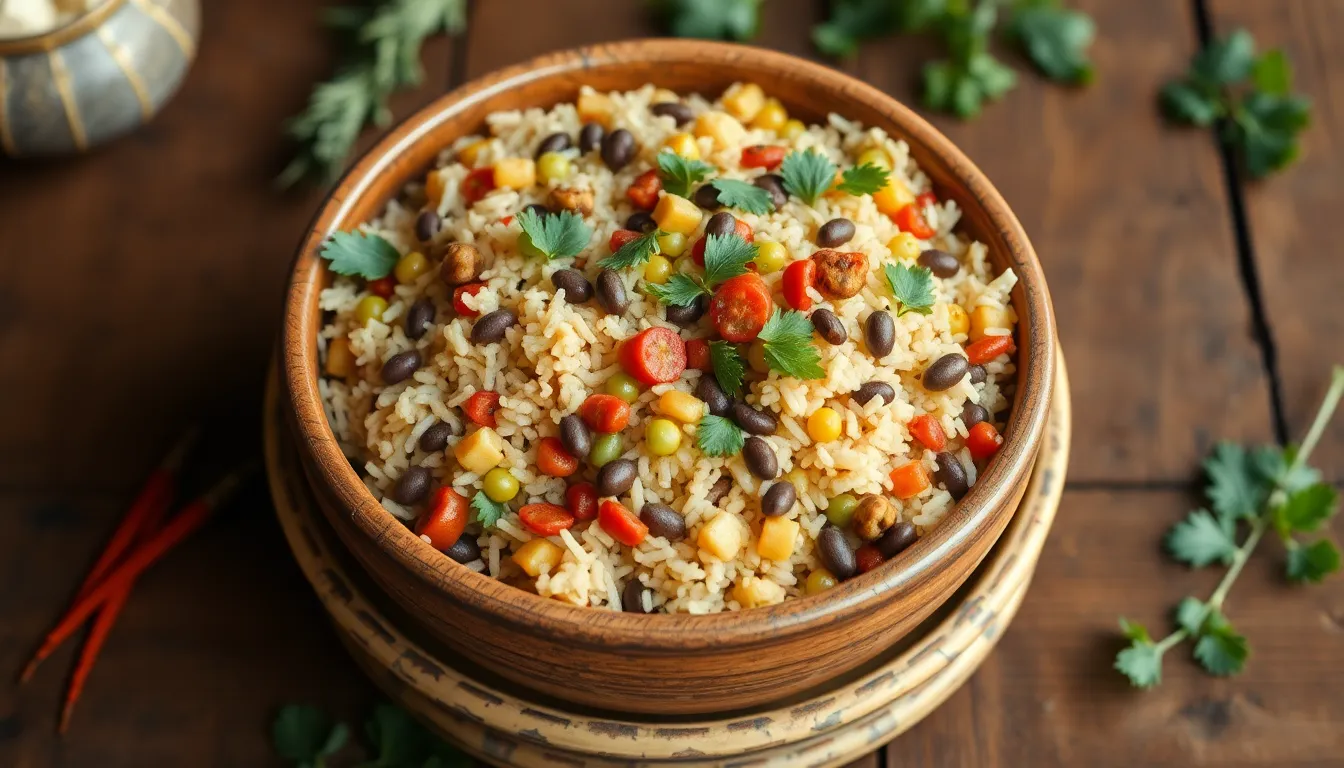Traveling can be a culinary adventure, but when it comes to packing food for a flight, things can get a bit tricky. Can you bring that delicious kayudapu along for the ride? The answer isn’t as straightforward as you might think. While some snacks breeze through security like they own the place, others might face a more rigorous interrogation than a reality TV star at a reunion show.
Table of Contents
ToggleOverview of Traveling with Food
Traveling with food requires awareness of airline regulations and security protocols. Many airlines allow solid foods in carry-on bags, while liquids face stricter rules. Passengers often find that snacks like chips, cookies, and sandwiches are generally permitted. However, items like sauces and spreads may exceed the liquid limit.
Kayudapu, depending on its composition, may fit into these regulations. If it contains liquid or sauce, scrutiny at security checks could increase. Each airport may enforce rules differently, so checking specific guidelines ensures compliance.
Pack food items with ease and convenience in mind. Sealed, commercially packaged snacks often serve as safe choices. Homemade meals can also be acceptable but might provoke questions at security.
For those flying internationally, customs regulations play an additional role. Certain countries impose restrictions on bringing specific foods into their borders. Collecting information on the destination’s food policies prior to travel prevents unpleasant surprises.
Origin of the food can also influence its acceptability. Foods containing meat or dairy might face bans in many regions. By understanding these factors, travelers can navigate the complexities associated with bringing kayudapu and other food items on a plane more effectively.
Planning ahead for travel with food helps maintain a positive experience. With adequate preparation and knowledge of restrictions, enjoying favorite snacks during flights becomes more manageable.
What Is Kayudapu?

Kayudapu is a traditional dish often enjoyed in various regional cuisines. Its popularity stems from a unique blend of ingredients and preparation techniques that highlight cultural influences.
Ingredients and Preparation
Kayudapu typically contains rice, lentils, and spices. Depending on the region, it may also include vegetables or meat. This dish is often prepared by boiling the rice and lentils together and then seasoning the mixture with spices such as cumin and turmeric. Cooking methods can vary; some recipes utilize steaming to achieve a fluffy texture. Nutritional value remains high due to the variety of ingredients used, providing essential proteins and carbohydrates.
Cultural Significance
The dish carries significant cultural importance in several communities. Families often prepare kayudapu during festivals and gatherings, highlighting its role in celebrations. It embodies tradition, representing hospitality and community bonding. Different cultures infuse their styles into the dish, showcasing regional culinary practices. Sharing kayudapu with guests symbolizes a warm welcome and appreciation for heritage.
Airline Regulations for Carrying Food
Travelers must navigate various regulations when carrying food on flights. Understanding these rules for domestic and international travel ensures compliance and a seamless journey.
Domestic Flights
Solid foods are often permitted in carry-on bags on domestic flights. Snacks like kayudapu may be allowed, provided they don’t contain excessive liquids or sauces. Travelers should always check with their airline for specific guidelines on food items, as policies can differ. The TSA generally permits snacks such as chips, cookies, and sandwiches, but homemade meals might attract additional scrutiny. Packing items in sealed, commercial packaging increases the chance of passing through security without issues.
International Flights
International travel introduces more stringent food regulations. Certain countries impose restrictions on specific food items, especially those containing meat or dairy. Familiarity with destination-specific customs regulations is crucial. Foods like kayudapu may face additional scrutiny, depending on local import laws. Travelers should research the origins of their food items to ensure compliance. Planning ahead by checking international guidelines helps avoid confiscation upon arrival.
Tips for Taking Kayudapu on a Plane
Packing kayudapu for air travel involves specific considerations. Following proper guidelines improves the chances of a hassle-free experience.
Packaging and Storage
Use airtight containers for kayudapu to maintain freshness during the flight. Opt for clear, resealable bags for easy inspection at security. Choose containers that fit comfortably in carry-on bags, making them convenient to access. Consider packing smaller portions to reduce bulk and make sharing easier. Avoid using excess liquid ingredients, as these may complicate packing and regulations. Checking for any strong odors in the dish helps minimize potential issues.
Security Checkpoints
Prepare for scrutiny at security checkpoints when carrying kayudapu. Expect personnel to check for potential liquid components, which may exceed the allowable limits. Present the dish separately when passing through the scanner for efficient processing. Follow the specific rules of the airport regarding food items to ensure compliance. Be ready to explain the dish if inquiries arise, emphasizing its solid nature. Remember, guidelines can differ by location, so staying informed promotes a smoother experience.
Traveling with kayudapu can be a rewarding experience that connects one to cultural roots. By understanding airline and security regulations travelers can navigate the complexities of bringing this traditional dish on a plane. Proper packaging and portion control play vital roles in ensuring compliance and ease during security checks.
Being proactive about checking specific airport guidelines and customs regulations can prevent unexpected issues. With thoughtful planning and awareness of the rules travelers can enjoy their favorite foods like kayudapu while embarking on their journeys. This approach not only enhances the travel experience but also fosters a deeper appreciation for the culinary traditions that define various cultures.






